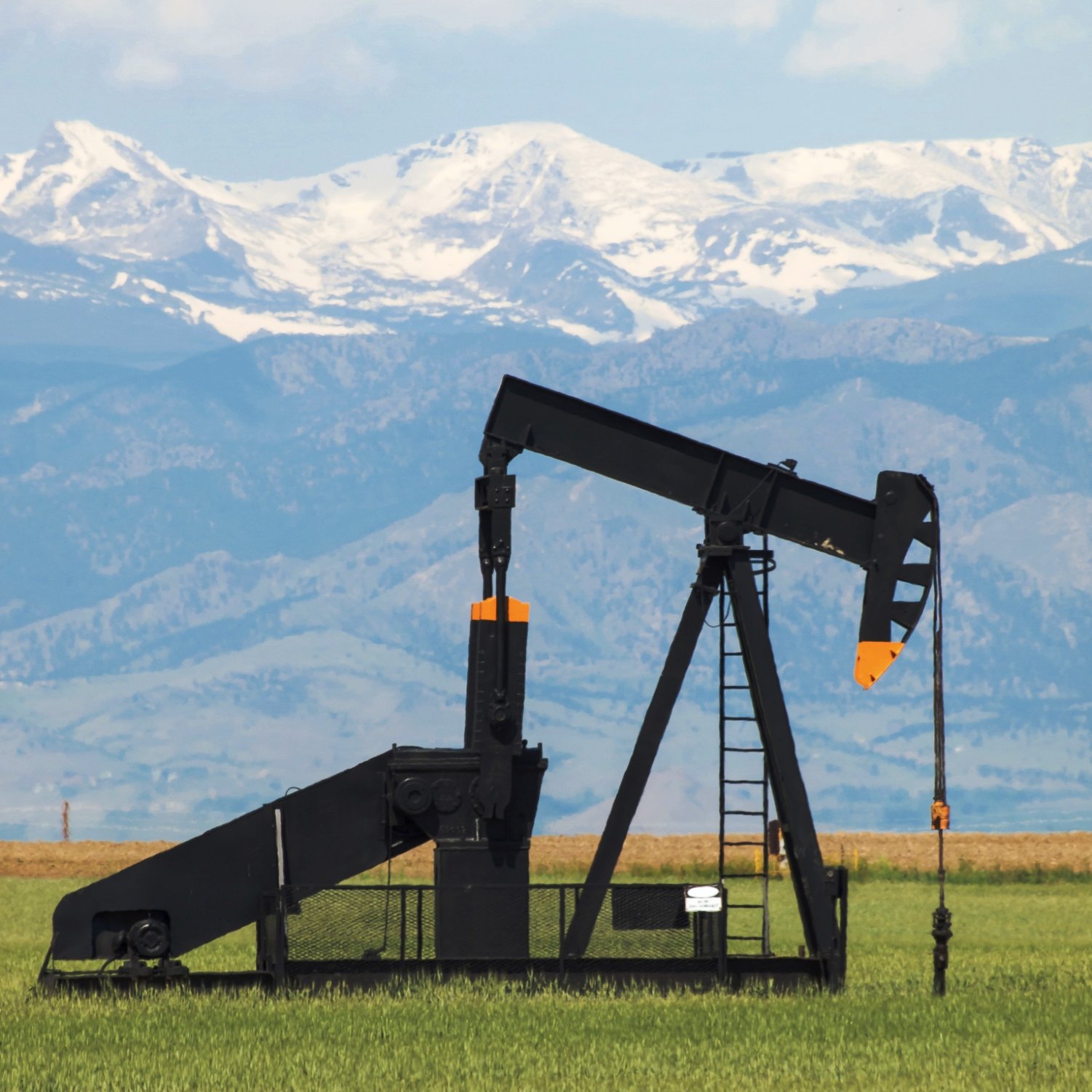
Source: Thinkstock
For the full year, Conoco posted an adjusted net loss of $2.66 on revenues of $24.36 billion, compared with a net loss in 2015 of $1.40 per share and revenues of $30.94 billion. Analysts had estimated a net loss per share of $2.83 and revenues of $24.21 billion.
Special items for the fourth quarter were primarily driven by gains on a sale in Senegal and a Minnesota iron ore reversionary interest, as well as net benefits from non-cash impairments. These added $283 million to the company’s fourth-quarter earnings and reduced the net adjustments for the year to a loss of $307 million, compared with adjustments in 2015 totaling a loss of $2.7 billion.
In its outlook statement for 2017, the company said it expects production in the range of 1.54 million to 1.57 million barrels of oil equivalent per day, flat to up 2% compared with 2016’s adjusted production. Expenses related to production and operations are forecast at $6.1 billion ($6 billion adjusted), down from $6.5 billion in 2016. Capital spending is forecast at $5.0 billion, slightly higher than the $4.8 billion reported for 2016.
For the first quarter, Conoco forecasts production of 1.54 million to 1.58 million barrels of oil equivalent per day. First-quarter and full-year estimates do not include production from Libya or the impact of future dispositions.
Analysts have estimated a first-quarter net loss of $0.08 per share and revenues of $8.54 billion, compared with a net loss of $0.95 per share in the first quarter of 2016 on revenues of $30.94 billion.
CEO Ryan Lance said:
For the second quarter in a row our cash from operating activities exceeded capital expenditures and dividends paid. Our capital intensity and cost structure are dramatically lower, we’ve increased our dividend, and our debt reduction and share buyback programs are underway. We are delivering our operational milestones and our 18 [billion barrels of oil equivalent] of resources with an average cost of supply less than $40 per barrel Brent represents a deep source of high-return future investments.
Conoco raised its quarterly dividend by 1.5 cents to $0.265 and has initiated a $3 billion buyback program.
At year’s end, Conoco’s proved reserves totaled 6.4 billion barrels of oil equivalent and the company said it expects its reserves replacement ratio, including dispositions and market factors, to be negative 194%. Excluding dispositions and market factors, proved reserves are forecast to rise by 482 million barrels, an 81% replacement ratio. Market factors reduced reserves by 1.6 billion barrels, primarily due to lower commodity prices, with approximately 70% of the reductions from the oil sands. Of the total reduction from market factors, approximately 90% came from proved undeveloped reserves. The company expects to rebook reserves with improving prices. Dispositions lowered reserves by 29 million barrels.
Conoco’s shares closed at $48.50% on Wednesday and traded up slightly after hours. The stock’s 52-week range is $31.05 to $53.17. The consensus 12-month price target was $57.82 before this morning’s report.
Sponsored: Find a Qualified Financial Advisor
Finding a qualified financial advisor doesn’t have to be hard. SmartAsset’s free tool matches you with up to 3 fiduciary financial advisors in your area in 5 minutes. Each advisor has been vetted by SmartAsset and is held to a fiduciary standard to act in your best interests. If you’re ready to be matched with local advisors that can help you achieve your financial goals, get started now.
Thank you for reading! Have some feedback for us?
Contact the 24/7 Wall St. editorial team.


